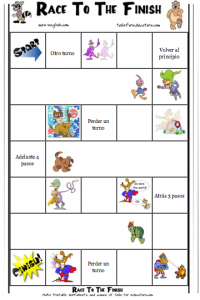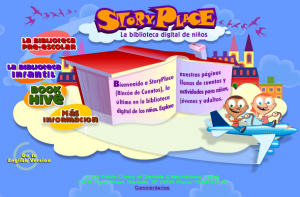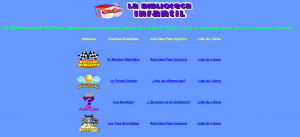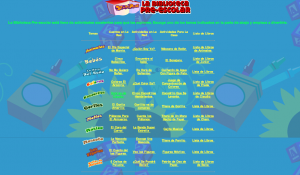Whilst reviewing resources on The TES resources website, I came across some that referenced Tools for Educators – Board Game maker so I thought I’d investigate.
As is often the case, this site is not a language specific but it allows you to input your own language elements.

Whilst reviewing resources onThe TES resources website, I came across some that referenced Tools for Educators – Board Game maker so I thought I’d investigate.
As is often the case, this site is not a language specific but it allows you to input your own language elements.
From a bank of images, you can choose to make a board game on a wide variety of subjects, using just images as in the fruit example, or incorporating instructions as in the mini beasts. These examples use the Galactic Challenge theme but there are three others from which to choose (it defaults to Galactic Challenge but all you need to do is go to the bottom of the list of topics and click on the board you’d like) The third and fourth examples show other board games.
These games can be printed and laminated for future use, then used for a variety of exercises.
For example, take the fruit one. It could be used for-
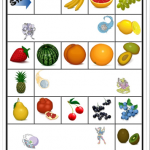 a)vocabulary rehearsal – everytime a learner lands on a fruit, they say the name of it in Spanish
a)vocabulary rehearsal – everytime a learner lands on a fruit, they say the name of it in Spanish
b)giving opinions – learners give their opinion of the fruit on which they land
c)asking questions – learners ask one another if they like the fruit
d)shopping – learners must travel the board buying fruit – perhaps give them a list of fruit and they must keep going until they have all their fruit?
e)pronouns – ask and answer ¿Hay uvas? and response could be Sí las hay or No no las hay
f)colours/adjectival endings – learners say what colour the fruit is eg La manzana es verde or Hay una manzana verde; Los plátanos son amarillos / Hay plátanos amarillos
And that’s off the top of my head. I’m sure with a bit more thought I could come up with more ideas. If you have any, post them in the comments!
There are also Printable board games so that learners can design their own games. what about using the Loveheart game board for likes and dislikes – or for Valentine’s Day? The question cards can be edited to include your own images or questions. Or perhaps use the Bubbles theme for wishes or wants!

